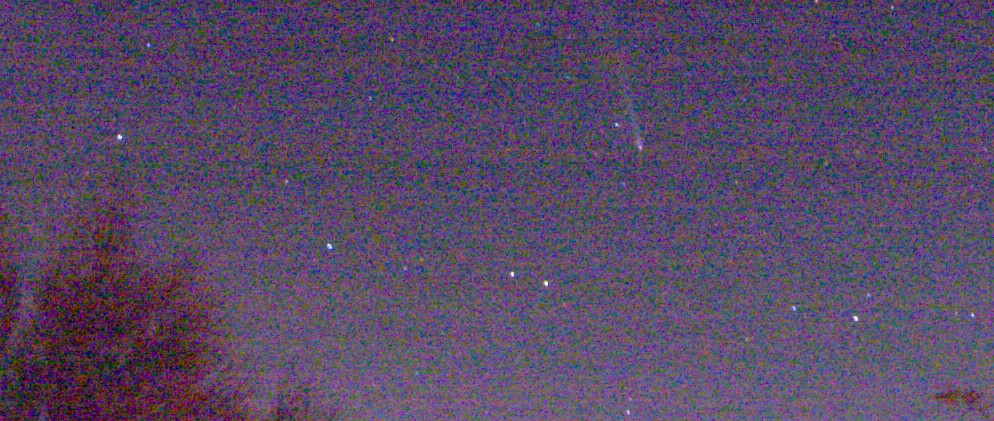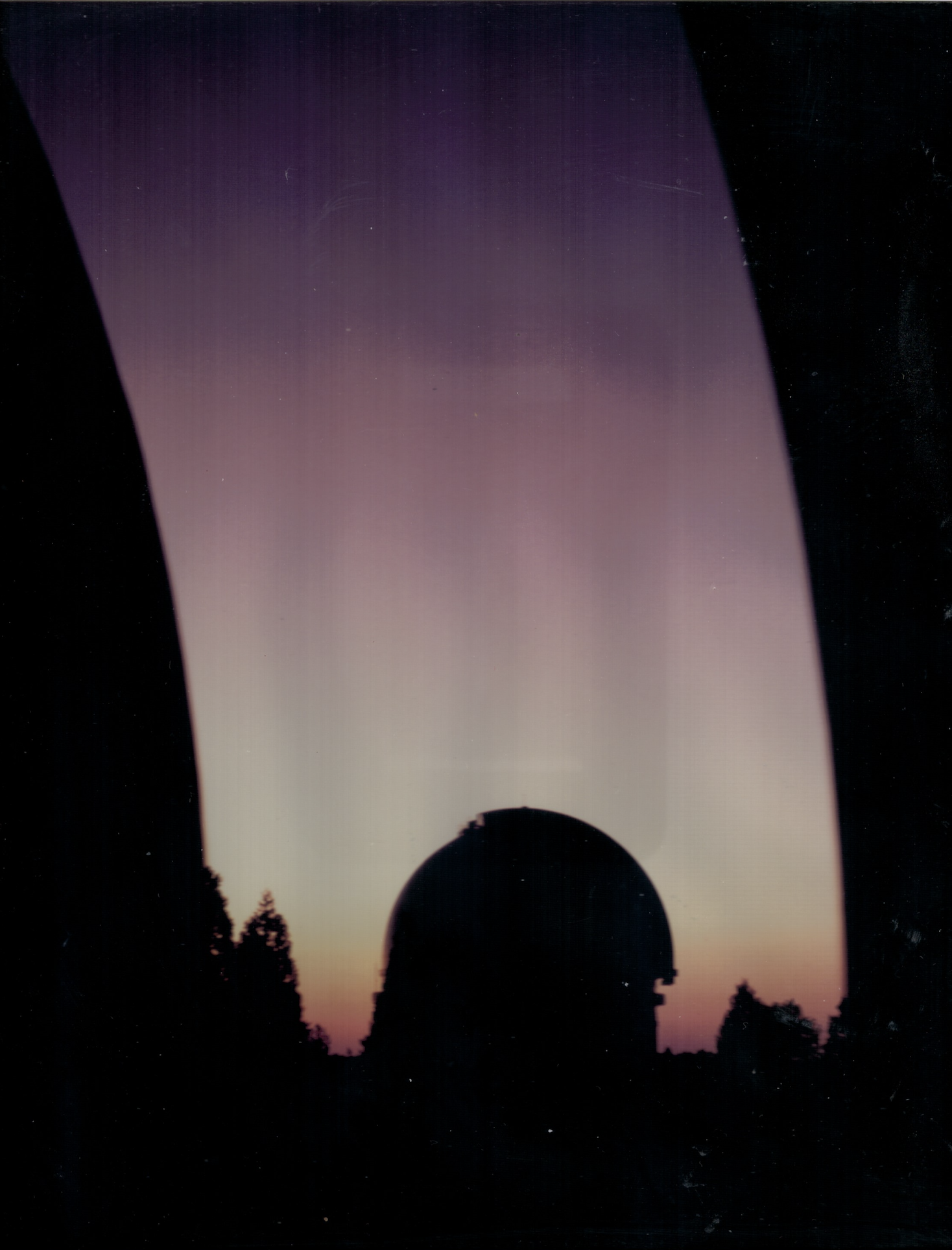David H. Levy
Palomar Mountain Observatory
Last month I drove all the way from my Vail, Arizona home to Palomar Mountain Observatory. As most of this column’s readers know, I have visited this place many dozens of times from my first encounter in March of 1974, and regularly from the late summer of 1989 to the late spring of 1996. I have always loved this magical place. Each visit, as I would drive in, I would pass the expansive dome of the mighty 200-inch Hale Telescope. As I drove by I felt the telescope waving at me. It and I are the same age. The telescope was officially inaugurated on June 3, 1948, just thirteen days after my birth on May 22 that year. We are both 76. (I was probably too young to give a speech, with a poetic quotation, at that event.)
The purpose of this visit was to watch the September 16th partial eclipse of the Moon with my close friend Jean Mueller. I have known Jean for decades. Jean operated telescopes at Palomar, mostly the 48-inch Samuel Oschin Schmidt telescope which opened just before the giant 200-inch. While there, she exposed many photographic plates for the second POSS (Palomar Observatory Sky Survey) survey. Mueller would scan the plates for stars that appeared in and around galaxies and mark a galaxy. She would then compare that galaxy with a picture from earlier to see if the star had newly appeared. If it had, she would measure the position of the star, and then an astronomer would confirm her discovery on the 200-inch. This meticulous work enabled Mueller to discover 107 supernovae in addition to fifteen comets and thirteen now-numbered asteroids. Jean Mueller is a prime, absolutely first-rate astronomer and observer of the night sky, and she is admired and highly respected around the world.
[Image left: Comet Tsuchinshan ATLAS]
It has been thirty years since I last visited Palomar, and I was overdue for a return. As I cruised by the colossal dome housing the 200-inch Hale telescope, at one time the largest in the world; this was not my reason for visiting Palomar all those years ago. Instead, I drove on some meters on to see the 18-inch Schmidt camera telescope. This beautiful instrument was the first and is the oldest telescope on this mountain, and its record of discovery is dazzling. It helped Fritz Zwicky discovered 121 exploding stars, or supernovae, in distant galaxies. It has a historic record of discovery of asteroids and comets, by far the most important of which is Comet Shoemaker-Levy 9 on March 23, 1993. In July of 1994 the pieces of this shattered comet slammed into Jupiter. Colliding at a velocity of 37 miles per second, each fragment left a very bright flash and a large brownish cloud that persisted for months.
During my March visit I learned how the 18-inch was moved to the observatory museum where it has become a lovely exhibit. Whwen I saw my old friend again; I almost cried. I then visited the outside of the dome that was our home for so long, and while there the treasured memories of working with Gene and Carolyn flooded back like an incoming ocean tide. This time I could not hold back the tears of joy.
[Image left: Hale 200-inch telescope dome at twilight]
With the possible exception of our discovery of Comet Shoemaker-Levy 9, this was by far the most emotive visit I’ve ever had to Palomar. For the first time in my long association, the overwhelming history of the place really struck me. I felt I was standing next to Russell Porter as he drew a sketch of the telescope, even before its mirror was installed, pointed towards the north. He even flashed me his legendary grin. Porter became famous long before he helped design the 200-inch. In the November 1925 issue of Scientific American, he published its lead article “The Heavens Declare the Glory of God.” That piece of writing also marked the opening of Stellafane, the telescope makers conference still held every year atop Breezy Hill in Vermont. Last year Stellafane celebrated 100 years of its legendary pink clubhouse.
On that incredible evening of September 17, we watched a wonderful partial lunar eclipse. Only 7% of the Moon was covered in the Earth’s central or umbral shadow, but the outer penumbra shadow dimmed much of the rest of the Moon. And just five weeks later, mighty Comet Tsuchinshan-ATLAS painted its rosy picture across the evening sky. May these haunting events add to our joy in the night sky that shall be remembered forever.


